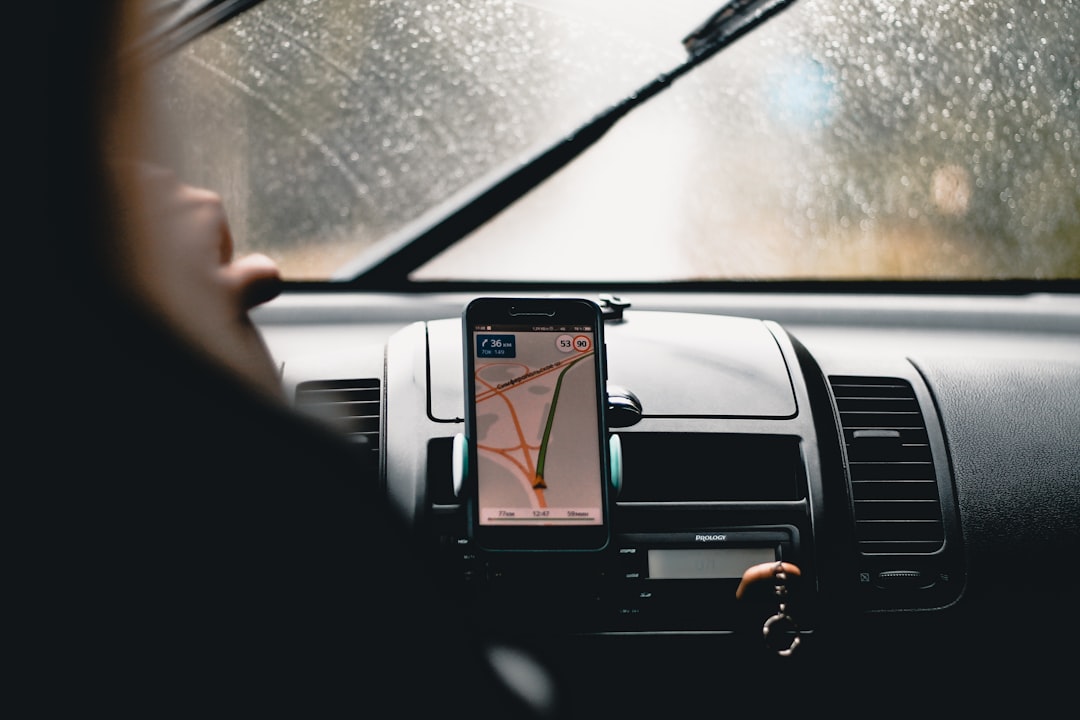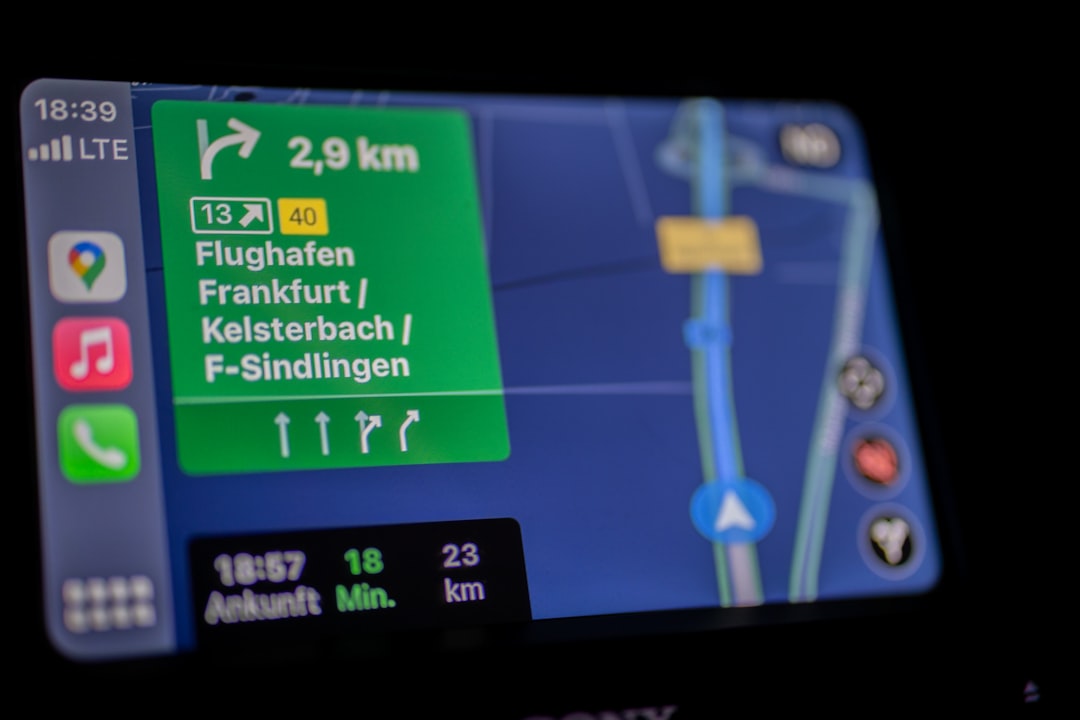Commuting is a daily reality for millions of people across the globe. Whether you’re driving, biking, or taking public transit, finding the fastest and most efficient route is crucial. For years, Google Maps has dominated the navigation landscape. However, due to increasing concerns around data privacy, interface overload, and simply the desire for a more niche experience, many daily commuters are looking beyond Google Maps for suitable alternatives. Fortunately, there are several reliable and innovative tools designed to streamline the journey from point A to point B.
Below, we’ve compiled a list of top Google Maps alternatives that cater specifically to the needs of daily commuters, offering smarter, safer, and even more privacy-conscious ways to travel.
1. Waze
Best for: Real-time traffic insights and driving commuters
Owned by Google but managed independently, Waze is uniquely suited for users looking to avoid jams, accidents, or construction zones. It’s a community-driven navigation app that thrives on real-time data submitted by millions of users worldwide. Waze doesn’t just map directions; it keeps you updated on potential road hazards, police checkpoints, and fuel prices—making it a favorite among daily drivers.
- Pros: Live traffic updates, faster rerouting, fun community alerts
- Cons: Not optimal for pedestrians or public transport users
If your daily commute involves urban traffic or congested freeways, Waze can be a decision-changing tool.

2. HERE WeGo
Best for: Offline navigation and European commuters
HERE WeGo is a strong competitor that started as a project by Nokia and has since evolved into a robust navigation platform. It allows users to download entire regions for offline access—a crucial feature for people in areas with spotty network coverage or those conscious about data usage. It supports multiple transportation modes including cars, public transit, cycling, and even walking.
- Pros: Coordinate-rich offline maps, voice-guided turn-by-turn directions
- Cons: Less intuitive interface compared to Google Maps
For commuters navigating through Europe or remote areas, this app is a reliable and data-light choice.
3. Citymapper
Best for: Urban public transit commuters
Urbanites who rely on subways, trams, buses, or even ferries will find Citymapper indispensable. It offers highly detailed public transportation data in major cities and compares various modes of travel—walking, biking, cab, or ride-share—so users can make the most time-effective choice. Its playful interface hides a profoundly powerful engine underneath.
- Pros: Great multimodal comparisons, accurate ETAs, personalized commute options
- Cons: Limited coverage in smaller or rural cities
Citymapper also offers real-time capacities on buses and trains, which is a significant advantage during rush hours.

4. MapQuest
Best for: Simple driving directions and trip planning
One of the oldest players in the game, MapQuest has reinvented itself for the modern age. It appeals to those looking for a simpler and less cluttered option than Google Maps. MapQuest allows users to compare the cost of nearby fuel stations, customize routes based on highway preferences, and receive printed directions, which remains a nostalgic feature for many.
- Pros: Straightforward interface, gas cost tracking, option to avoid tolls
- Cons: Feels a bit outdated; limited advanced traffic data
It may not have the bells and whistles of newer apps, but for drivers who value clarity over complexity, MapQuest stands firm.
5. Apple Maps
Best for: Apple device users seeking integrated functionality
Apple Maps has made remarkable strides over the past few years. It seamlessly integrates with iOS and macOS, offering features like real-time traffic, ETA sharing, and route optimization based on machine learning. For Apple users, its integration with Siri, CarPlay, and the Apple Watch creates a smooth and cohesive commuting experience.
- Pros: High-quality 3D maps, predictive location suggestions, privacy-focused
- Cons: Limited availability outside major urban areas
The emphasis on user privacy and continuous improvements make Apple Maps a credible choice for daily commuting—especially for those deeply embedded in the Apple ecosystem.
6. Transit
Best for: Timetable-focused public transport riders
The Transit app shines when it comes to sleek, timetable-specific features for bus, train, and micro-mobility options like scooters and bike-shares. With an emphasis on arrival times and live updates, it’s a winner for those commuting in cities with extensive public transportation networks.
- Pros: Multilingual support, real-time arrival predictions
- Cons: Coverage may vary across countries and cities
Transit also enables ‘GO’ mode to provide audio cues and whisper updates for when to leave or transfer—excellent for busy, distracted commuters.
7. Komoot
Best for: Bike and pedestrian commuters
If your daily journey includes off-road trails or indoor cycling commutes, Komoot is a specialist tool worth considering. Designed mainly for cyclists and hikers, it has developed a reputation for precise elevation maps, terrain analysis, and downloadable trail data.
- Pros: Extensive bike and walking path routing, offline capability, terrain difficulty indicators
- Cons: Not ideal for drivers or urban commuters
Active commuters looking for healthier, scenic routes may find Komoot to be the perfect digital companion.
Additional Considerations For Choosing the Right App
The ideal navigation app depends largely on your commuting methods and preferences. Below are some key factors to keep in mind when choosing an alternative to Google Maps:
- Data Privacy: Consider how your location and data are stored or shared
- Network Availability: For travel in rural areas, offline maps are a must
- Transportation Mode: Not every app supports driving, cycling, and transit equally
- User Interface: Visual clarity can significantly impact stress during commutes
All apps discussed above have strengths in specific domains, which makes it easier to mix and match based on your weekly routine. In fact, many seasoned commuters juggle two or more apps to get the most accurate and diverse transit data.

Conclusion
While Google Maps remains a powerful navigation tool, the modern commuter benefits from exploring alternatives that offer more customization, privacy, and transit-specific functions. Whether you’re seeking live traffic updates like those from Waze, seamless transit integration from Citymapper, or detailed walking routes from Komoot, there’s a tool tailored to your unique journey.
Technology continues to redefine transportation, and your daily commute shouldn’t be left behind. By choosing the right navigation app—or combination of them—you can navigate your day with greater efficiency, less stress, and more confidence.
